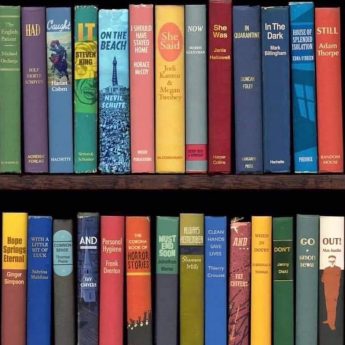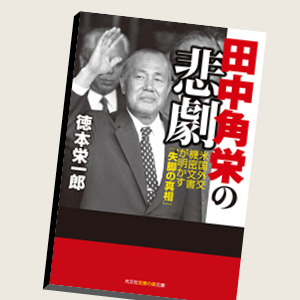
Vermilion
£12.99
Every so often I make an effort to tidy things up: papers get rearranged, surfaces get dusted and books get put in their proper places. The effect is to make things appear less chaotic but, in reality, I have simply reorganized the chaos. Nothing has fundamentally changed.
Marie Kondo, Japan’s famous decluttering guru, would argue that I am not tidying at all and, reading her latest book, I have to agree.
Here is an illustrated guide to her acclaimed KonMari Method with step-by-step folding illustrations for everything from shirts to socks, plus drawings of perfectly organised drawers and closets.
There is guidance on tidying specific categories, including kitchen equipment, cleaning supplies and digital photos, as well as great advice for people like me who can’t bear throwing away books and papers. And what is her basic rule of thumb with regard to the latter? Discard everything.
Following the bestseller status her previous book found with the British public, Kondo recently undertook a publicity tour in the UK. She sets out six basic rules for tidying the house. She claims they will spark joy in your life and change it forever: once you have truly cleared up according to these rules you will never again resort to clutter.
While accepting that the KonMari Method takes time and effort, she is convinced it’s the right way to go.
The first rule is to commit to tidying up using this method: a big commitment.
The second step is to imagine your ideal lifestyle: what would your house be like if everything was as you wished it to be? One of the characteristics Kondo notes of people who are forever “tidying up” is that they tend to store everything without discarding anything: a sure-fire recipe for disaster.
So, the third rule is to finish discarding before tidying.
It is also important to tidy by category not location. Trying to tidy room by room doesn’t work because items in the same category remain scattered in other parts of the house.
There is also a preferred order to sorting by category: clothes, books, papers, miscellaneous items, and sentimental items. This, Kondo believes, is crucial to the entire process. And, finally, does each item spark joy? This is the criterion for deciding whether to keep something or discard it.
The book is—appropriately—extremely well organised and easy to read. It makes its case very strongly.






